|
Sunday August 23rd 2020 is the 40th anniversary of the demolition of the Firestone Factory on the Great West Road in Brentford. It is an event which sparked a backlash against the quick demolition of such buildings (although it did not stop them) and galvanised the growing consensus around preserving 20th Century buildings. We shall explore the building itself and its design, and the aftermath of its demolition. The American Firestone Tire & Rubber Company had run a distribution base from Tottenham Court Road from 1915, but the 33.3% import tax was reducing their profit margin. By 1928 they had decided to build a British factory, and a 28 acre site alongside the newly opened Great West Road running out of Brentford was chosen. The plot was bounded by road, railway and canal, with the road frontage measuring 1260 feet, sloping down to the carriageway. Firestone wanted an integrated site, with raw goods being received and making their way through the factory and leaving as the finished product. Their factory in Akron, Ohio, built by Osborn Engineering, was designed to extract maximum efficiency from the journey of the raw material through the industrial process. In awarding the commission to Wallis, Gilbert & Partners, Firestone employed a practice who understood this idea. By the late 1920s, Wallis, Gilbert & Partners had already been practicing for around 12 years, designing factories and industrial buildings all over Britain. Two of those buildings were in nearby Hayes, for the Gramophone Company and Hayes Cocoa, but the Firestone commission was to be their most prestigious project yet. The design, which was submitted in February 1928 and altered over the next 6 months, consisted of a main administration block facing the Great West Road with the single storey factory building behind and a four storey dispatch and storage building further back. The journey of the raw material started in this four storey block, journeying through the production block before exiting as tyres back through the four storey building. Of course it is the art deco office building which people conjure up when they think of the Firestone building. The building was to act not just as an administration centre but also as an advert for the company and for what we would these days call its “brand”, looking to project speed, glamour and aspiration. The building was a mix of Classical allusions. In plan it was a Greek or Roman temple with its row of columns along the frontage, in detail it was Egyptian, with references to the gods Horus, Ra and Amun in its decoration. Egyptian design was still popular 6 years after the discovery of the tomb of Tutankhamun by Howard Carter in 1922. By night the building was floodlit, producing a spectacular landmark along the Great West Road. Despite the lamentations at the time of its demise, and indeed now, the Firestone Factory was not always feted by the architectural press. After initial good notices when it was opened, the building and others designed by the firm were described by architect Maxwell Fry as displaying “all the worst sentimentalities of uncultured commercialism”, whilst others worried about the effect of soot and dust on the brilliant white facades. Firestone decided to close the factory in November 1979, moving all operations to their Wrexham plant, with the building being purchased by the conglomerate Trafalgar House. When they became aware that the Department of the Environment under Michael Heseltine was planning to list the building after the August Bank Holiday weekend in 1980, they immediately acted to demolish the art deco facade. This act caused widespread outrage, and boosted the profile of what was then The Thirties Society, now the 20th Century Society. It also caused a reassessment of the listing criteria for 20th Century buildings, allowing many more pre-1939 buildings to be preserved. Now all that survives of the building is the gateway and perimeter fence, although there are three other Wallis, Gilbert & Partners designs nearby; the Coty Factory, the Pyrene Factory and the Sir William Burnett workshop. Of course, the Firestone Factory wasn't the only art deco building demolished along this stretch. A peruse of the area on the Britain from Above website reveals a number of interesting looking buildings of the period, all now sadly gone. However, the Firestone Factory did not die in vain, its demolition led to a renewal of interest in buildings of period and their preservation, enabling us to enjoy some of the great designs of Wallis, Gilbert and Partners from the golden age of factory design.
The 20th Century Society still plays an important role in preserving the best buildings of the last 100 years. Help it prevent more demolitions like the Firestone Factory by becoming a member HERE References Form and Fancy by Joan Skinner London: North West by Nikolas Pevsner and Bridget Cherry
7 Comments
Phil C
20/4/2024 11:02:08 am
What are you talking about???
Reply
I can understand everyone being upset about the demise of an Art deco building.
Reply
Ann Richards
6/10/2022 05:09:34 am
My Father was killed there ,crushed in a machine in August
Reply
Paul Adey
5/7/2024 03:43:34 pm
Don't blame the building for that.
Reply
Marion McKeegan
17/9/2022 11:40:50 pm
I sympathise with John.
Reply
Lesley
5/10/2022 09:38:31 pm
As to John comments regarding Firestone in Brentford the lives of many it took , I was 10years old when my father of 42 was killed in the moulding machine leaving my mother a widow and myself and my two older sisters without our dad , nobody knows the impact this had on our lives and over the years , our mother Beatrice Lipscombe never ever got over his death and the day he was killed our mother stopped living and we did too , I’m still in the area and still go past there every week and yet it still breaks my heart , and I will never ever get over my fathers death which has impacted me everyday of my life not having my dad sadly there is only myself the youngest daughter left and my older sister as sadly our mother died 19 years ago and our middle sister two years ago so please think of the families who have lost their love ones and the awful conditions our loved ones worked for Firestones and how they payed with their lives and leaving their families still crying many years of only bad memories
Reply
Leave a Reply. |
Archives
May 2024
Categories |
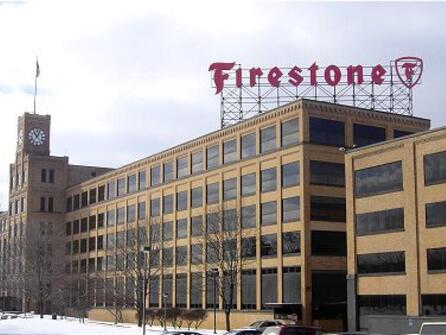
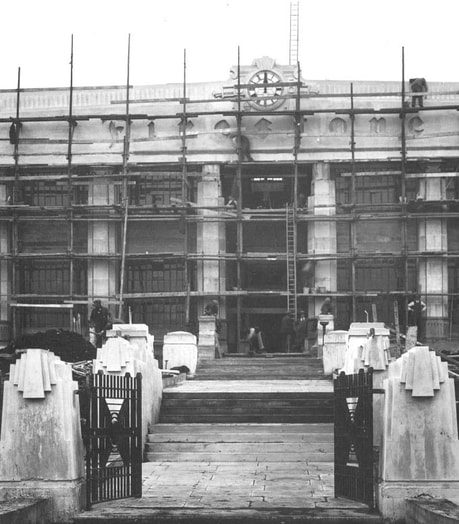
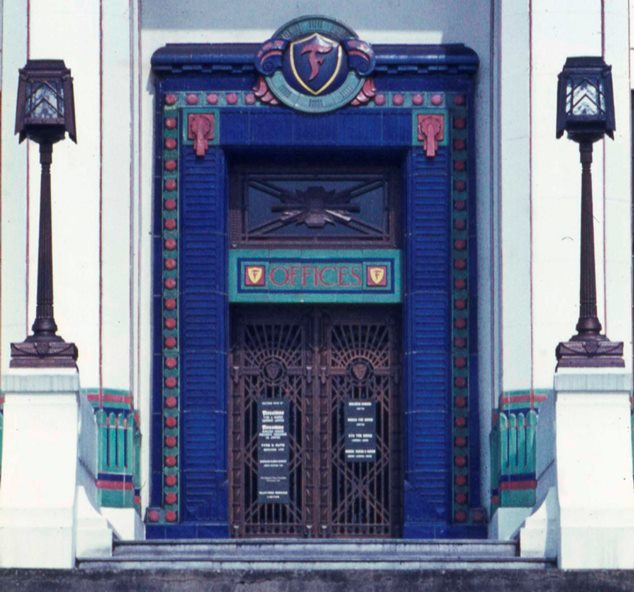
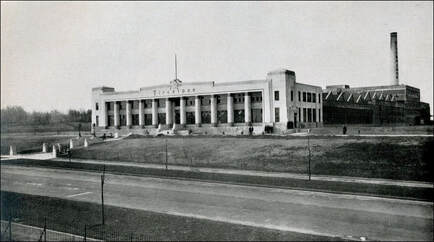
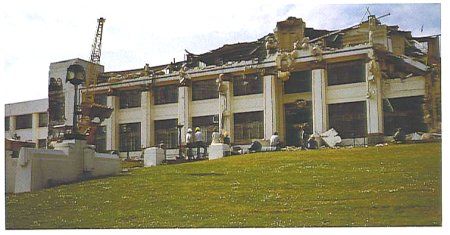
 RSS Feed
RSS Feed